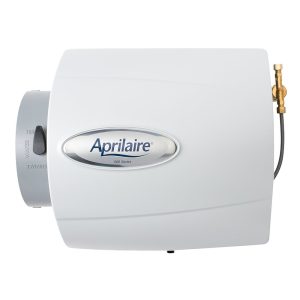Indoor Air Quality Problems
Many factors can affect indoor air quality.
Smoke, mold and certain chemicals found in household goods can all release air pollutants.
Volatile organic compounds, or VOCs, are gases that are emitted into the air from certain chemicals.
Some are thought to be harmful and may be carcinogenic.
Building materials are capable of releasing VOCs, as are certain paints, furnishings, and cleaning products.
Humidity levels, along with allergens such as pollen and animal danders, can also cause indoor air quality problems, as can leaky or dirty ductwork.
Although every individual responds differently to indoor air pollutants and allergens, these factors significantly affect the health of many people in the US each year.
Indoor Air Quality Solutions
Looking for an air purifier, but not sure where to start?
We’re here to help you find the right solution!
There is now a wide variety of air purifying options available on the market, suited to a range of needs and building conditions…
Electronic Air Cleaners (EAC)
Air purifiers, also known as ionizers or electronic air purifiers, use a pre-filter to trap large particles such as allergens, pollen, and dust.
The electrically charged filter-like components then capture smaller particles such as VOCs, bacteria and mold for highly effective air cleaning.
Low humidity levels allow air pollutants to hang around in the air.
Installing a humidifier can help improve air quality and can be helpful for respiratory health conditions.
The different types of humidifiers are Manual Bypass, Fan-Powered and Steam.
Steam humidifiers offer the best humidification possible, but are also the most expensive.
High levels of humidity can facilitate the growth of mold spores, which can be harmful to your health.
The risk of mold is especially high in basements.
You can use a dehumidifier to reduce the risk of mold growth by removing excess moisture from the air.
This helps to prevent the growth of harmful bacteria.
This is cutting-edge system promotes healthier air quality by minimizing air pollutants such as VOCs, cigarette smoke, dust, pollen, mold, odor-causing bacteria and unpleasant smells from cooking and pets.
The technology behind it, called ActivePure™, utilizes a specialized germicidal light and a unique catalytic process that releases enviroscrubbing molecules of oxygen and hydrogen, similar to nature’s outdoor scrubbers.
The end result is fresher, cleaner and purer air for you and your loved ones to breathe.
Fresh Air Exchanger (ERV/HRV)
One way to achieve better indoor air quality is by moving stale air outside.
In fact, local codes often require businesses to do so.
Mechanical ventilation systems can help by bringing fresh air in and expelling contaminated air at a specified rate.
This is particularly important in enclosed settings to prevent allergies and decrease the risk of airborne diseases.
Germicidal UV lights installed in the main ductwork destroy dangerous bacteria.
To ensure their effectiveness, air movement should be slow enough to ensure germs are exposed to this UV light for a sufficient amount of time.

















